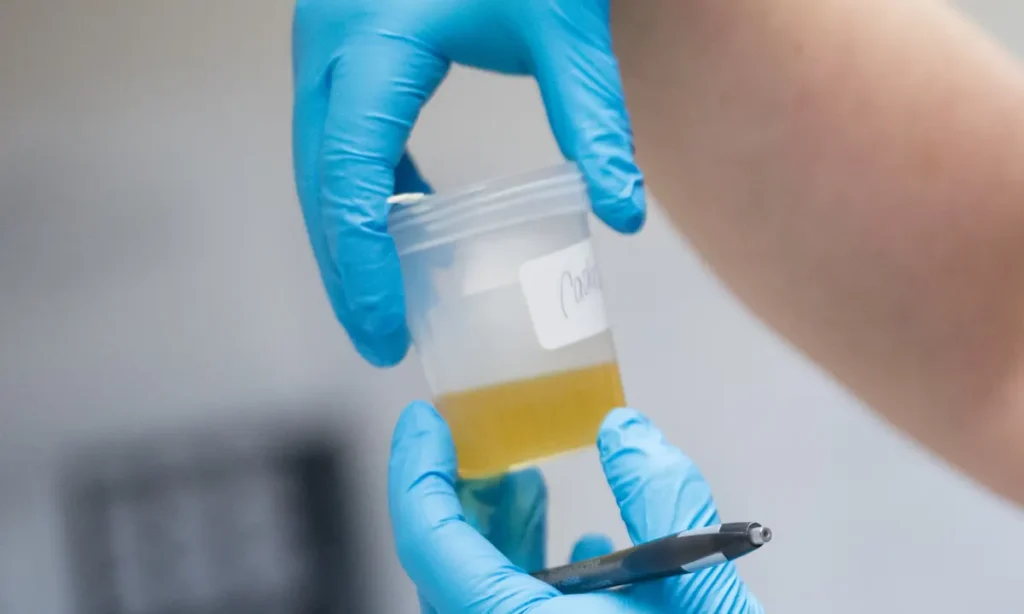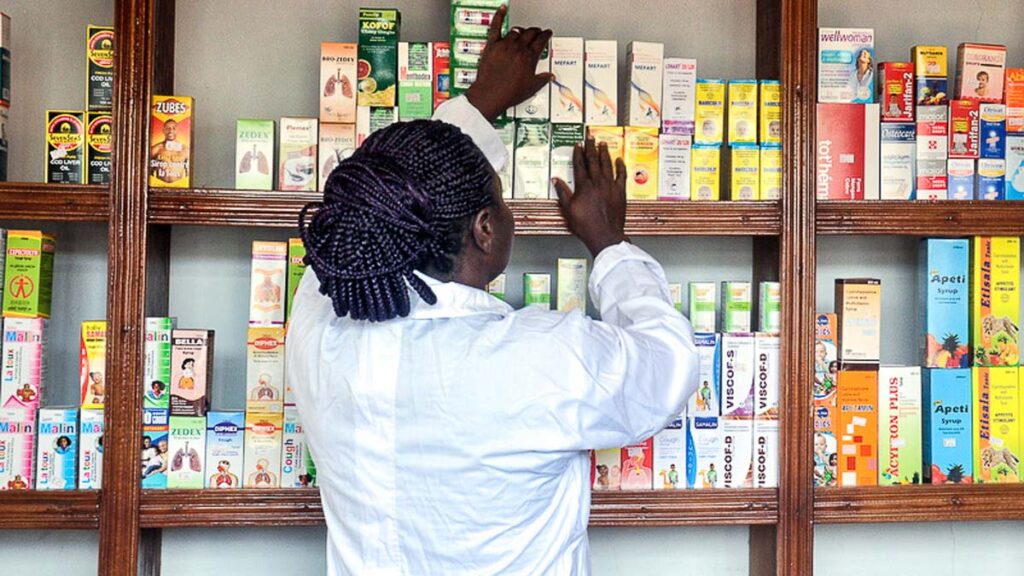
Introduction
Tooth decay, also referred to as dental caries is a bacterial infection that destroys the tooth structure to result in a cavity on the tooth. It is caused by a combination of factors, including bacteria in the mouth, frequent snacking, sipping sugary drinks and not cleaning the teeth well. It affects human beings of all ages throughout the world and is a major health problem among children globally.
A particular type of tooth decay or dental caries seen in infants and preschool children is the early childhood caries. Early Childhood Caries (ECC) is defined as the presence of one or more decayed (non-cavitated or cavitated lesions), missing (due to caries), or filled tooth surfaces in any primary tooth in a child under the age of 72 months. (IAPD Bangkok Declaration)
Several terminologies have been used previously to describe this condition in young children and these terms include Baby Bottle Tooth Decay (BBTD), nursing caries, rampant caries night bottle mouth, and night bottle caries. These terminologies were so described relating the cause of early childhood caries to inappropriate baby nursing and feeding practices.
ECC has been shown to be a very common, transmissible bacterial infection, usually passed from the primary caregiver to the child. The main bacteria responsible for dental caries are Streptococcus mutans (Strep. mutans) and Lactobacillus. There is also evidence that supports that those who are in lower socioeconomic populations are at greater risk of developing ECC.
ECC is a multi-factorial disease with various factors that inter-relate to increase risk of developing the disease. These risk factors include but not limited to, cariogenic bacteria, inappropriate dietary practices, socioeconomic factors, behavioural factors, oral health literacy and existing medical conditions that contribute to this disease process.
The primary teeth begin to erupt at six months making them susceptible to tooth decay or dental caries while in some unfortunate cases, infants and young children have experienced severe forms of tooth decay. This can result in the child experiencing severe pain, extensive dental restorations, extractions and subsequent rehabilitation.
The WHO from about 472 reports, which covered 29 countries (59,018 children), reported a prevalence of 30 per cent in Africa, 48 per cent in the United States, 52 per cent in Asia, 43 per cent in Europe and 82 per cent in Oceania. Nigerian studies have reported a prevalence of about 23.5 per cent.
Early childhood caries is therefore a global public health burden, medically, socially and economically. A substantial number of children may require general anaesthesia for the treatment of this condition, which has significant financial and social implications. Untreated cases are often associated with oral infections, pain, difficulty in chewing, poor general health and development. It can also lead to premature tooth loss, speech difficulties and an overall poor quality of life of the child and caregivers in addition to the economic burden on the caregiver.
Causes
The causes of ECC includes bacteria in the mouth, diet rich in sugar and a susceptible tooth surface, these interact over a period of time to cause the dissolution and breakdown of the hard tooth tissue. The bacteria break down the sugary food especially when they are retained on pits and fissures on tooth surfaces to produce acids, which dissolves the tooth. Apart from these main causative agents, there are factors that serve as risk factors. These risk factors of ECC include; poor oral hygiene, infant feeding pattern (night-time breast feeding/bottle feeding), poor saliva flow, inadequate fluoride exposure and high sugary diet. Other risk factors include poor dental awareness, low socioeconomic status, medical /special health care needs condition, especially those that require long term use of sweetened drugs.
Prevention of ECC
Early childhood caries is a preventable condition since the cause is known.
The preventive measures commence even before the child is exposed to any of the risk factors. This will involve enlightenment of pregnant and expectant mothers on their oral health behaviour. Mothers with a high number of bacteria that cause tooth decay in their mouth due to their poor oral health have a high tendency of transmitting same to their infants through salivary sharing activities. Hence mothers are encouraged to imbibe good oral health practices and have any dental condition treated as early as possible.
Mothers and caregivers of these infants should refrain from practices that will allow saliva sharing between them, the children and their siblings. Saliva sharing practices such as chewing the child’s food before putting it in the child’s mouth, tasting the child’s food by first placing the feeding utensil in their mouth as well as kissing the child in the mouth should be discouraged. This is because bacteria causing tooth decay can be transmitted from the mother or caregiver to the child.
Nighttime breast feeding, as well as allowing infants sleep off with nursing bottles containing sweetened drinks should be discouraged.
The consumption of sugary and sticky foods such as cakes, chocolate, candies and toffies should be reduced, while encouraging the intake of healthier alternatives like fruits and fibre containing foods; carrots, apples. Children should be encouraged to take healthy drinks such as milk, yoghurt and freshly squeezed fruit juices from an early age.
Snacks should preferably be taken at mealtimes, rather than in between meals. Intake of water should be encouraged over sweetened/carbonated drinks.
It is recommended to parents and caregivers to take their children to a dental professional for examination as soon as the first few teeth start to erupt into the oral cavity. The dental professional will assess the present dentition and provide appropriate case-specific recommendations to the parents or caregivers on the best way to prevent ECC and what actions to take.
A number of studies have reported that children who have attended visits within the first few years of life (an early preventive dental visit) potentially experience less dental related issues and incur lower dental related costs throughout their lives. This is contained in the concept of the “Dental Home”. This concept entails an ongoing relationship between the dentist and the child involving all aspects of dental care that is delivered in a coordinated, comprehensive, continuously accessible and family centered manner. It is recommended that the child is brought to see the dentist as soon as the first tooth erupts or by the child’s first birthday.
This will provide the parent and caregiver the forum to have adequate oral health education, information on oral hygiene practices and dietary counselling.
Parents and caregivers are advised to commence cleaning of the infant’s mouth with a clean cloth/napkin devoted only to the mouth and clean water. As soon as the teeth erupt into the mouth, an age-appropriate soft bristle toothbrush and fluoride containing toothpaste is then used to clean the mouth. Parents and caregivers are to brush for the children until about 6years of age and then to supervise/assist them till about eight years of age when they are able to do so unsupervised.
The biannual dental visit, one of the fundamentals of the dental home is an ongoing process, provides an opportunity for periodic assessment, professional in-office cleaning, professionally applied topical fluoride and patient specific anticipatory guidance. However, children at higher risk of developing dental caries will be scheduled to visit more frequently.
A commitment to these preventive measures and the inclusion in the basic oral health package will pave the way to a world of caries-free children and thus set a foundation for good oral health through adulthood.
•Dr. Adesuwa Abe, Prof. Bunmi Orenuga, Prof. Omolara Uti are from the Lagos University Teaching Hospital (LUTH), Idi-Araba










